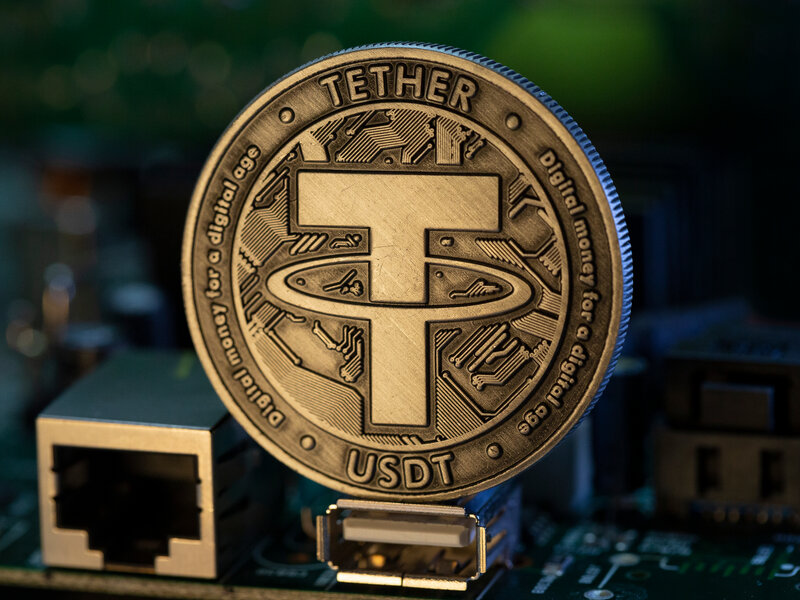In response to requests from law enforcement agencies, Tether has frozen assets associated with illicit activities worth more than $1 billion since its establishment
On May 14, the stablecoin issuer Tether suspended $5.2 million of its Tether linked to phishing scams. Twelve Ethereum wallets containing this USDT were marked as “USDT Banned Address.”
Without elaboration, the chief security officer of on-chain analytics firm SlowMist stated that the addresses were being used to launder funds from phishing schemes.
The largest issuer of stablecoins in the world, Tether, has frozen billions of dollars worth of assets associated with breaches, exploits, and scams. Paolo Ardoino, the CEO of Tether, stated in an X post that the company has blocked over $1.3 billion since its inception, of which roughly $1.6 million has been associated with terrorist financing.

Tether added three Ethereum addresses that contained USDT worth over $150 million to its blacklist in January 2022. Tether suspended $8.2 million in USDT on Ethereum and added 215 addresses associated with Ethereum-based USDT to its blacklist in October 2022.
Tether had suspended over $360 million in assets by the end of 2022. The issuer of stablecoins halted $817 thousand in USDT in October 2023, attributing it to terrorist activity in Israel and Ukraine. One month later, it suspended $225 million in USDT associated with romance scammers.

Additionally, the issuer of stablecoins has collaborated with twenty-four law enforcement agencies in over forty countries. In the past year and three years, the firm has assisted law enforcement agencies with 339 requests to block wallets, compared to 198 requests in the previous year.
Additionally, Tether provided secondary market controls to halt transactions involving individuals listed as Specially Designated Nationals by the United States Office of Foreign Assets Control. Those organizations or individuals owned or controlled by sanctioned nations are included.
Decentralized ledger technology enables cryptocurrency companies to oversee funds on-chain. At the same time, the centralized structure of stablecoins empowers their issuers to seize assets associated with unlawful activities in response to law enforcement requests.



